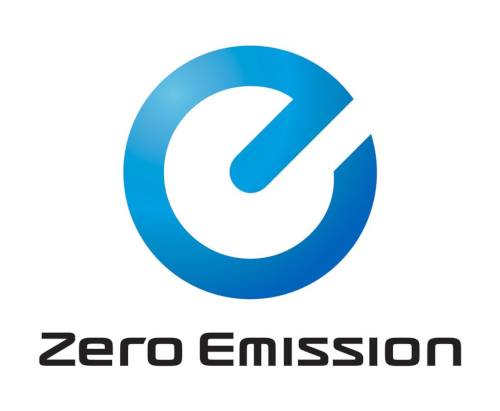I’ve been waiting for 2 years, and I finally got a Wallbox Quasar. I believe I’m the second person in Australia to get one (ignoring government trials and business installs).
My thoughts so far:
The ability to set how fast the car charges/discharges is nice.
The app lets you set a maximum and minimum battery level. I’ve currently got it set up 20% - 85%. I’ll probably adjust this as I learn more.
You can set schedules for charging and discharging. There is no option to set the rate in the schedule. Instead it uses the rate currently set in the app. This is fine if you just want to schedule the times, but frustrating if you want multiple schedules with different charge rates.
There isn’t a way to automate the charger with wholesale prices in Australia yet. Amber (a wholesale energy provider) is currently working on this.
This is an early model of V2G charger without all the features you might expect.
The Quasar is not able to operate during a blackout. This is mostly because it doesn’t have the ability to disconnect from the grid (powering the entire grid during a blackout is not a good idea). The Quasar 2 (not yet released) will have this feature.
The minimum charge/discharge rate is 6A (1.4kW). No-one has been able to tell me why this limitation exists. If the house is using less than 6A, the Quasar will be exporting the excess to the grid. It means that the Quasar is not suitable for powering the home unless a house battery can soak up the excess. I’m hoping that future V2G chargers will not have a minimum rate.
South Australia has a lot of renewable energy and not a lot of storage. This has caused variable wholesale energy prices ranging from -15c/kWh to 90c/kWh, with rare spikes to $20/kWh.
Having access to the 50kWh (usable) car battery provides a lot of opportunities to make money from the grid, while also assisting with grid stability. Most days only have a saving of $2, but the occasional day with price spikes can make over $40.
I’m hoping to have a net negative energy bill over the next year.


They’re quite expensive when you compare them to a normal inverter, they can’t be that different inside the box.
I’m going the ultra cheap 2nd hand Leaf route for my solar storage using the canbus hack to make the inverter think it’s a BYD domestic battery.
I’m assuming most of the cost is due to low production numbers. Once CCS V2G gets started prices should drop a long way.
It still beats buying a 50kWh home battery.
I considered a custom option like the solar inverter, but I’m more interested in tinkering with the latest released technology.
Yeah, the cost of domestic batteries are mad, hence the cannibalised leaf route, I can pick up a 24kwh battery car with around 15kwh left for €5k, then I’ll just use the motor and rest of the gubbins to convert one of my classic ICE cars.
Where can i read more about this?
https://github.com/dalathegreat/BYD-Battery-Emulator-For-Gen24
Makes for some really cost effective storage if you don’t mind a little bit of soldering and crimping